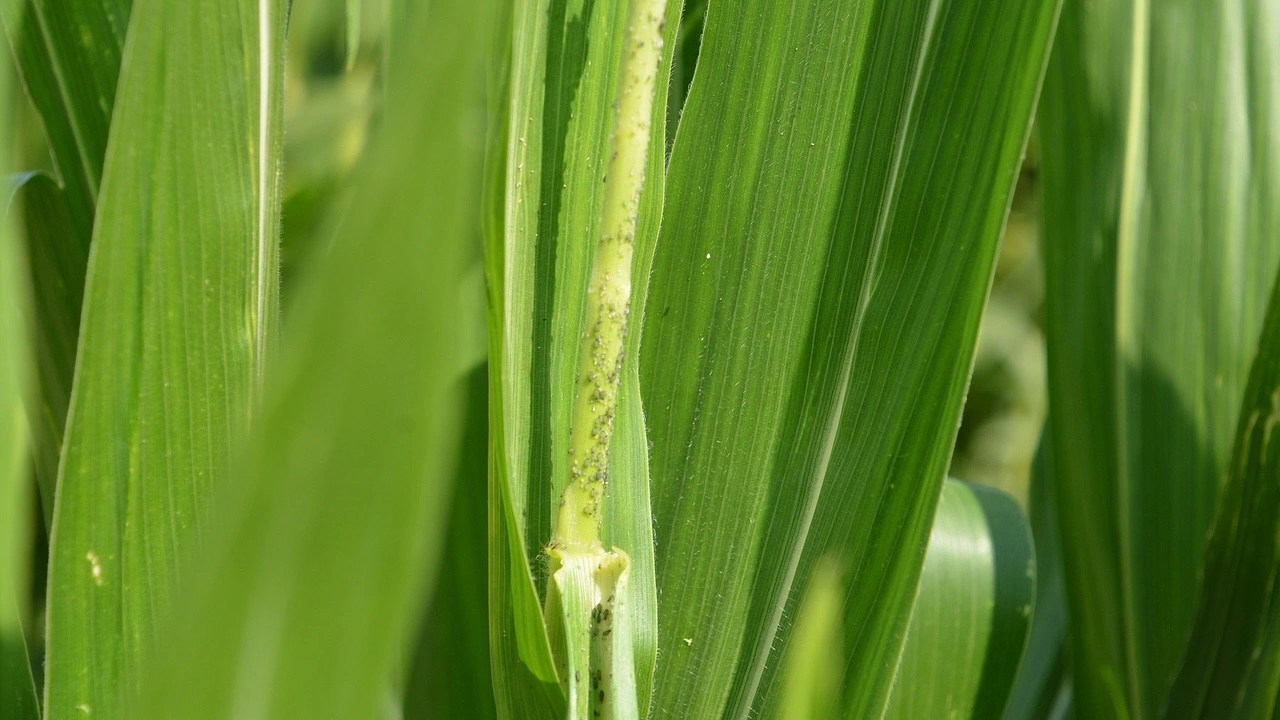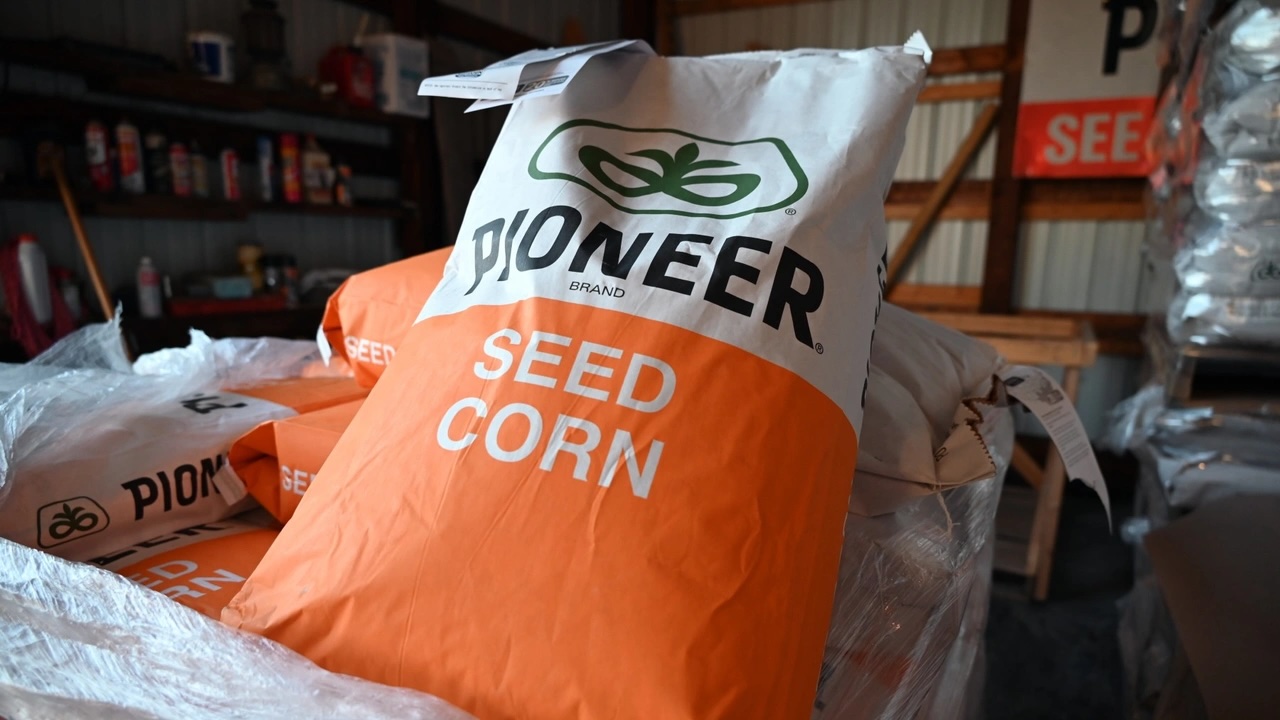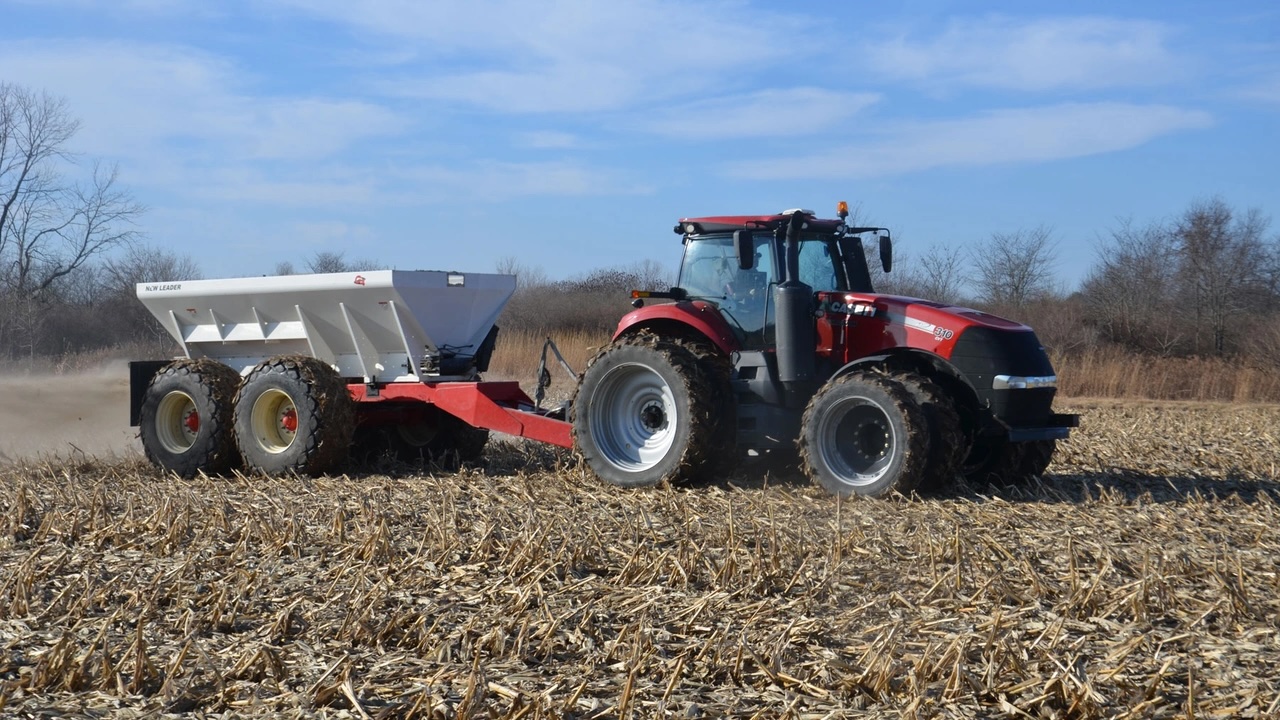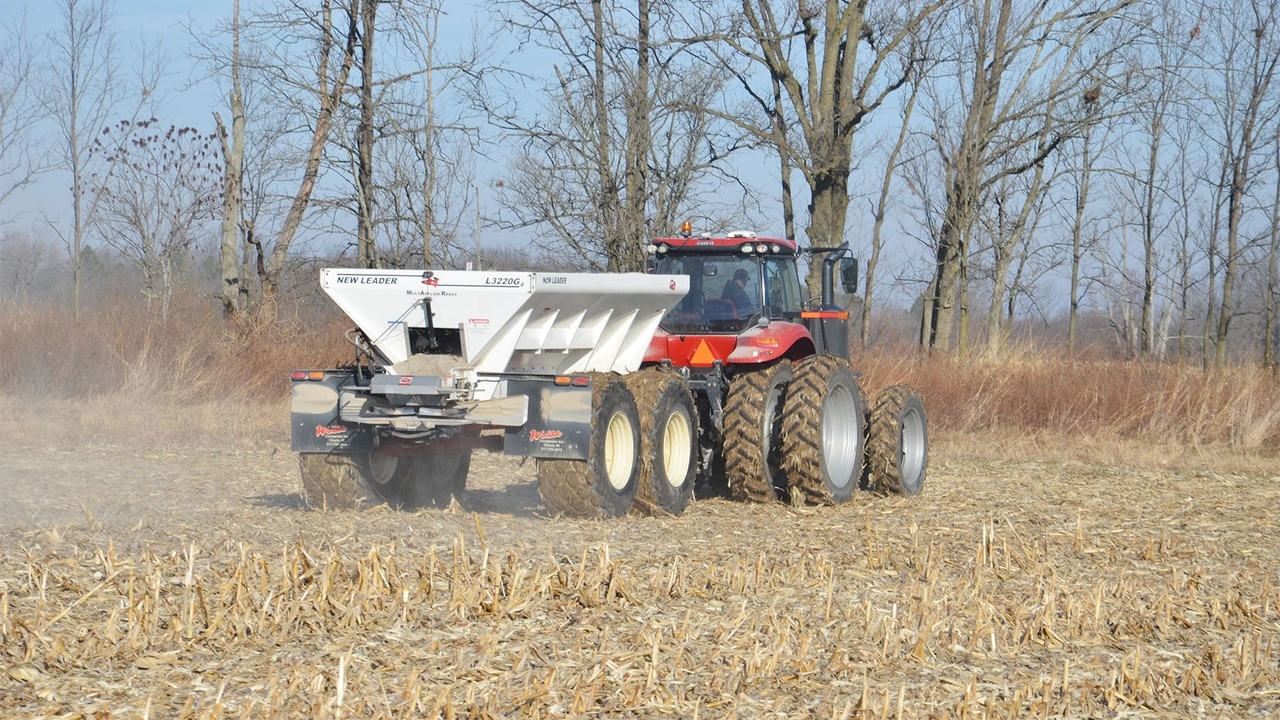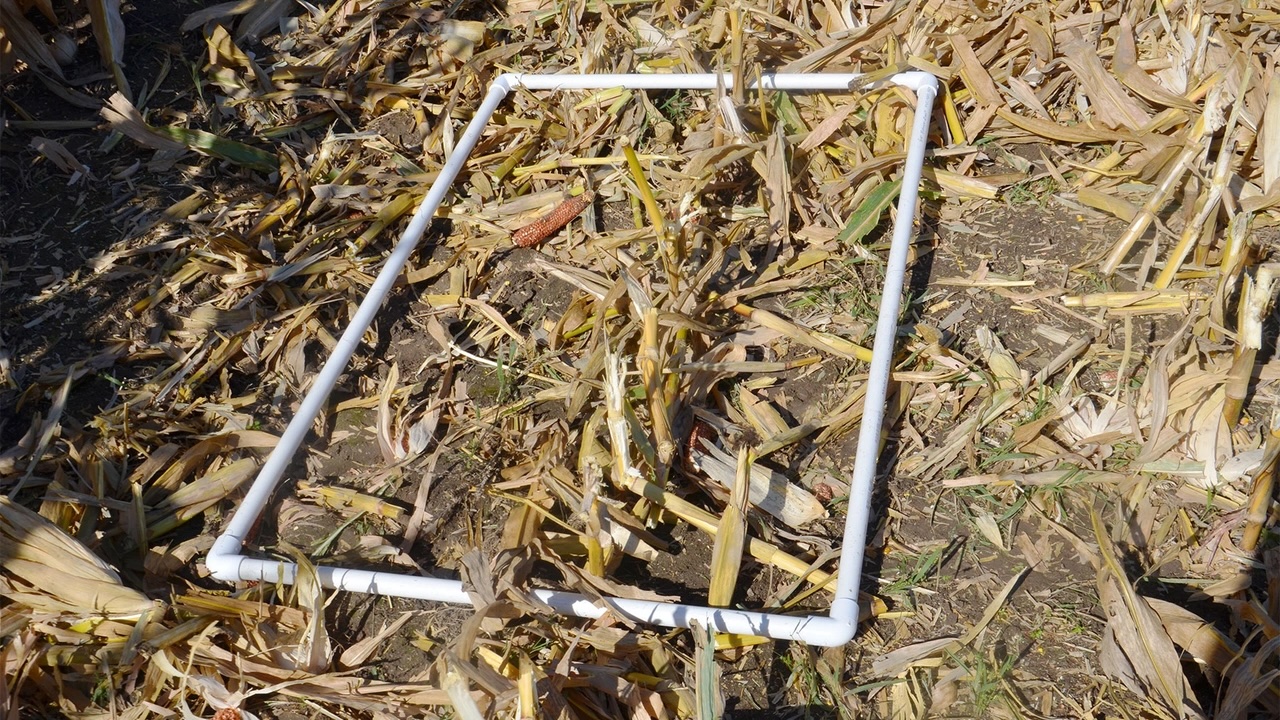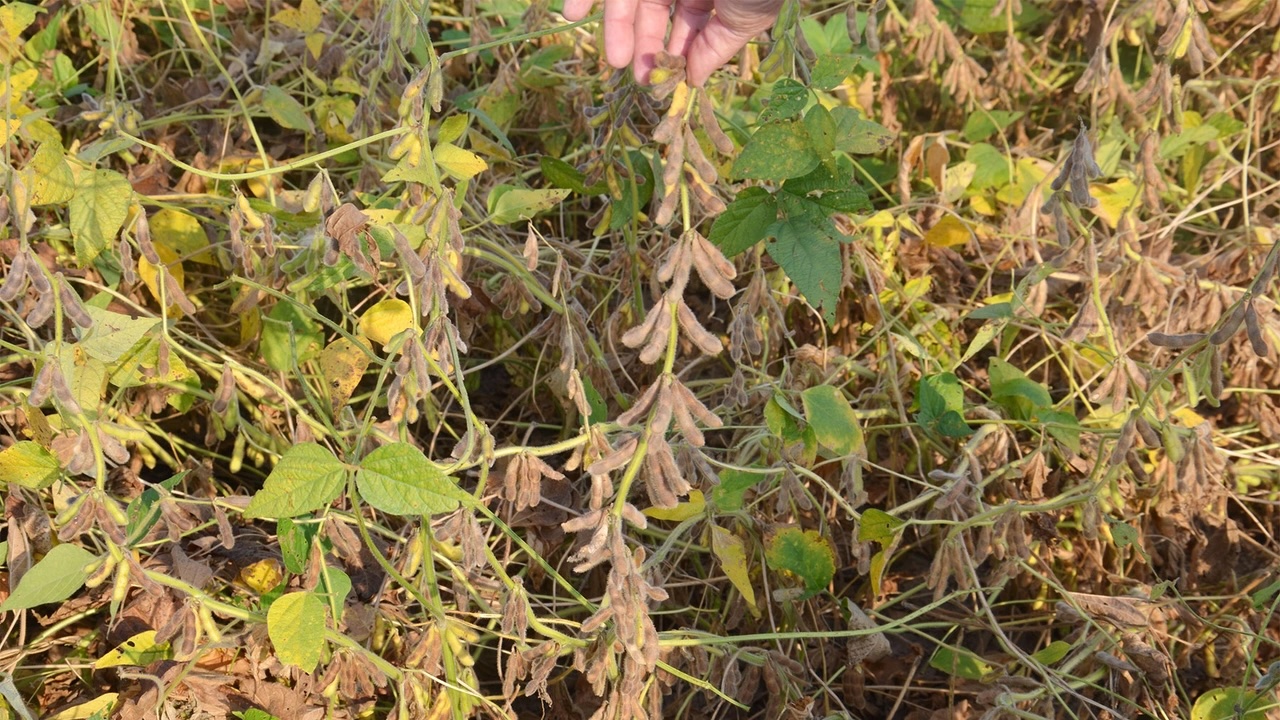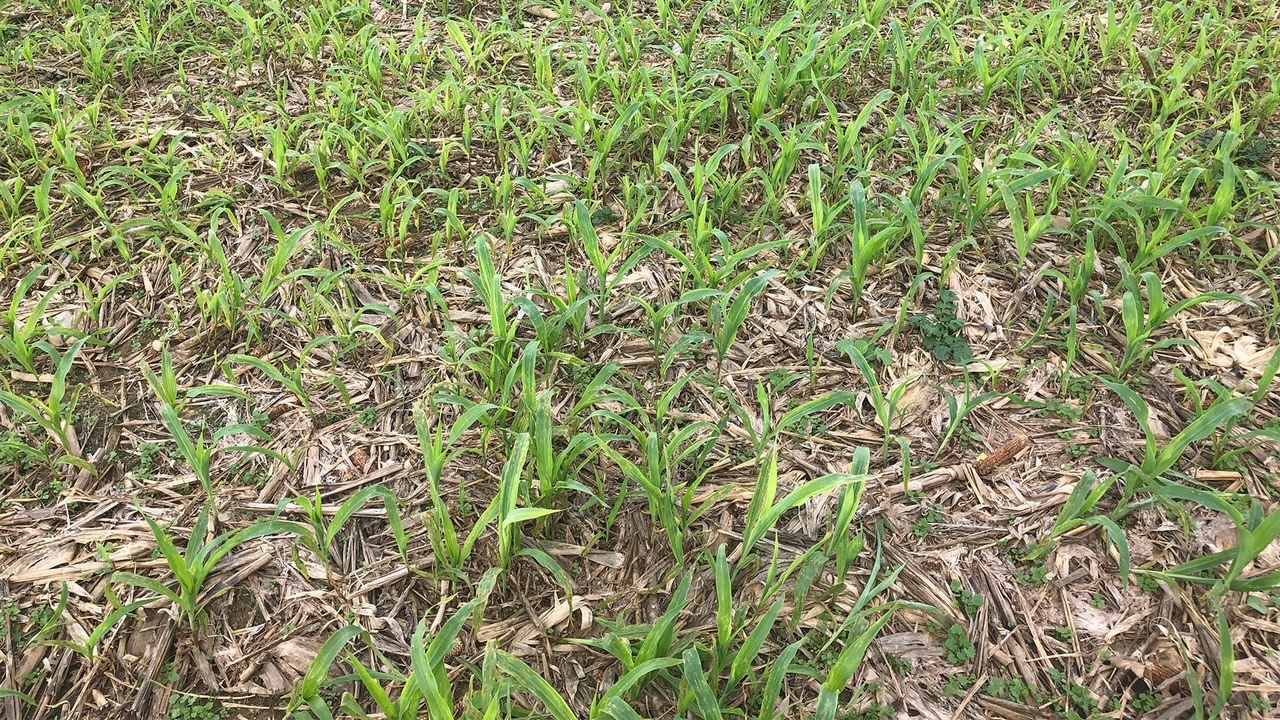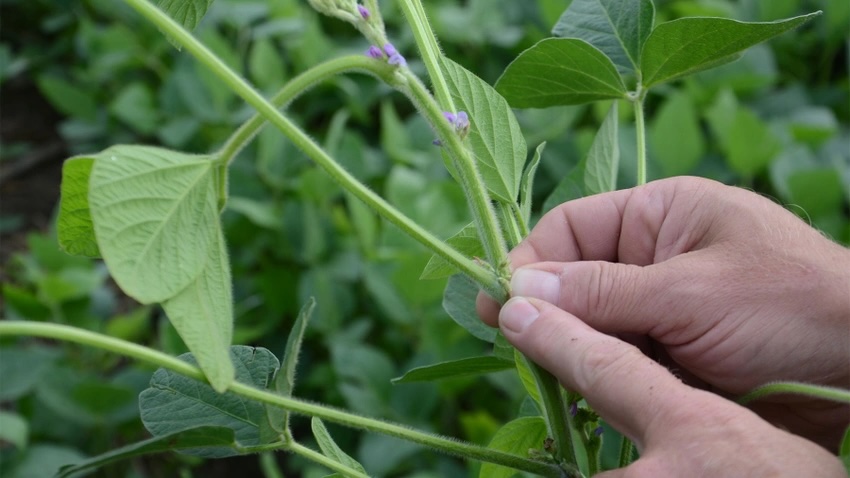Should I soil sample on smaller grids?
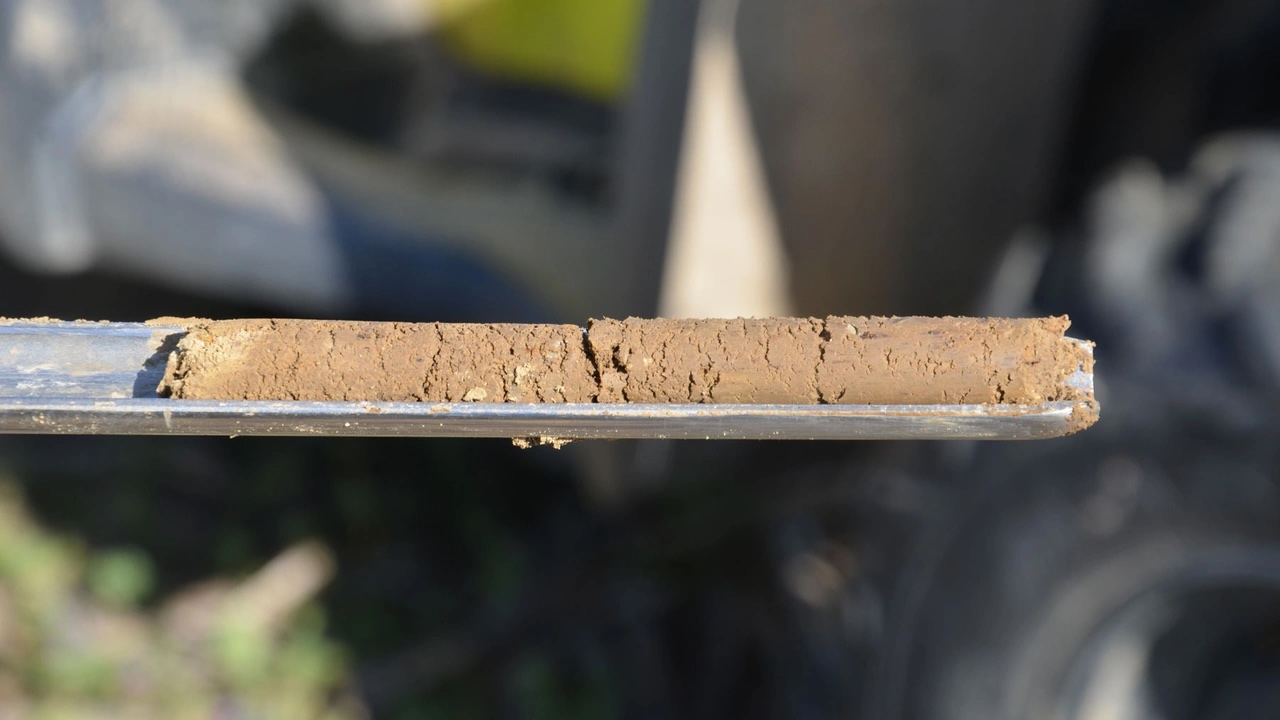
Answers are from the Indiana certified crop adviser panel: Dan Ritter, Dairyland Seed agronomist, Rensselaer; Bryan Overstreet, soil conservation coordinator, Rensselaer; Steve Gauck, Beck’s Hybrids, Greensburg; and Dan Quinn, Purdue Extension corn specialist.
Our fertilizer dealer has grid-sampled our fields on 3-acre grids for years, resampling every fourth year. My dad read about farmers who sample on 1-acre grids every year. That sounds like a lot of work and expense. Is there any justification for doing it?
Ritter: The grid-sampling method you are currently doing appears to be the standard. If all reports to date show that you are at sufficient levels and you are not noticing a problem in a certain place in the field, stick with the present program. If you are chasing a certain nutrient deficiency or having issues of some manner, then I would consider moving to a more intense option. All indications are for a tight crop budget this year, so unless you are seeing issues, stay with the present program.
Overstreet: How precise do you need to be? If your soils are highly variable, 1-acre grids could benefit you, but it will add to the cost in a very tight budget year. Perhaps consider staying with the 3-acre grids and go to a two-year rotation. This will show if you have any major changes over time.
If you are interested in the 1-acre grids, try them in a field or two and compare them with past samples to see if there is much variability between the two. Soil sampling is a great tool, but it is not an exact science. You are testing just a few ounces of soil from millions of pounds of soil per acre.
Gauck: Switching to 1-acre grids will change your baseline until you can create a database for the new sampling method. I prefer around 2-acre zones that follow a soil type or past yield history. As technology in soil testing improves and changes, you will focus on smaller sections of each field, so, at some point sample areas will get smaller. If you are seeing consistent yield results across your fields, your method is working. If you have challenge areas or inconsistent yields not following soil types, smaller grids would be an advantage.
Quinn: Soil sampling on smaller grids will document spatial variability and will help improve accuracy recommendations for managing that variability. However, it will cost more. Target your most challenging fields with smaller grid sizes to provide a better assessment of soil-test variability and give the greatest potential for a benefit.
For fields that are more consistent, a 1-acre grid may not provide enough benefit to cover the additional expense. In addition, soil sampling fields consistently every three to four years often is sufficient, especially if soil samples are taken at the same time of year in consistent conditions. This also assumes test levels stay above critical and don’t change drastically. Sampling more frequently will provide insight into annual soil-test level changes and should catch nutrient deficiencies sooner. Therefore, when fertilizer prices are high and/or soil nutrient levels need to be increased substantially, soil sampling more frequently likely will be more beneficial.


